Module A10 – Environmental impact and sustainability of forest industry section
Introduction
The forest industry acknowledges the importance of the environment and is taking action to protect it. The industry is using resources effectively, reducing waste, treating water, and managing waste carefully to be more sustainable. Following environmental management standards helps the industry keep track of its environmental efforts.
In this module you will gain a basic understanding of water sourcing and wastewater handling, waste management, environmental regulations, labels and circular economy.
Environmental control
In environmental control, the raw material consumption is optimised to produce products with minimal energy usage and environmental load. The environmental load consists of:
- Air emissions
- Effluent
- Solid waste
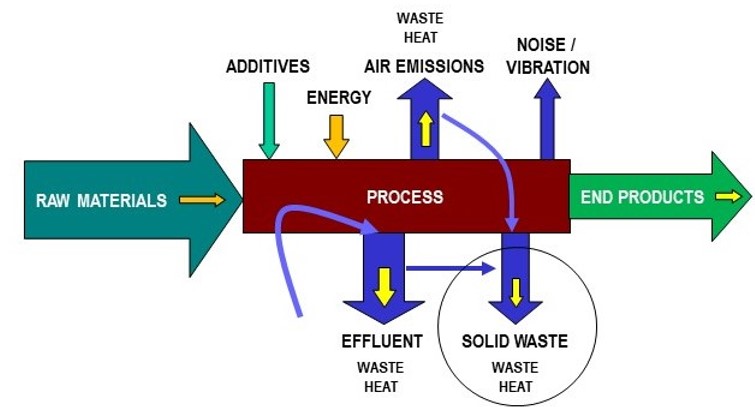
Raw water treatment
Raw waters are mainly taken from surface waters like lakes and river systems for the forest industry. Ground water is not normally used for forest industry purposes since the quality is too good and it is better to save it for human use only. Raw waters always contain impurities and must be treated before use.
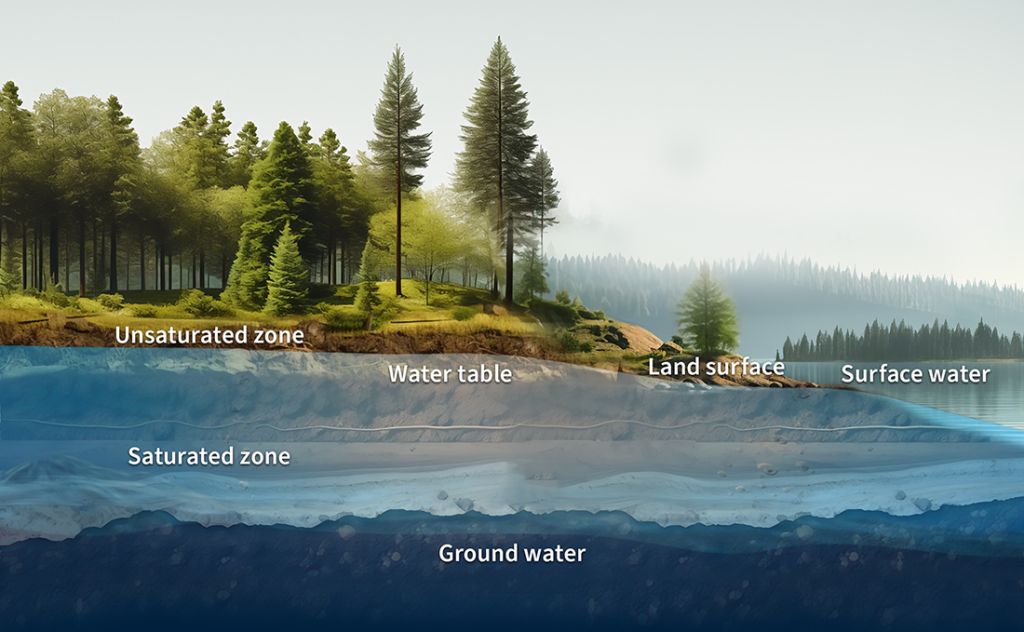
Effluent treatment
The forest industry uses a lot of water in its processes and, as a result, sludge-like blends of organic and inorganic materials are formed naturally. Effluents in the forest industry contain solids, particles and chemicals from wood and other substances which need to be removed. Wastewater treatment is performed based on its nature and content. The composition of a mill effluent is never constant, and it can vary a lot.
Standardised methods, like Finnish Standard Association (SFS) together with International Organization for Standardization (ISO) and European Standards (EN) are used in monitoring wastewater quality.
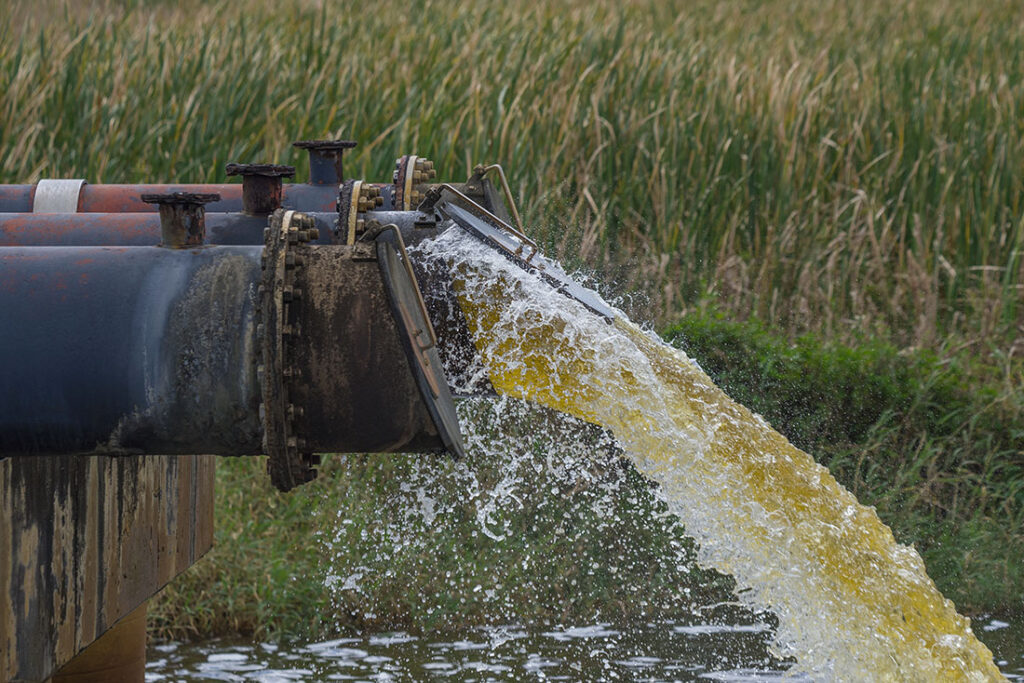
Air emission treatment
The forest industry disposes air emissions from certain processes, like sulphate pulping and incineration processes of wood, bark and sludge residuals. The technical implementation of various incineration processes are discussed more in detail in Energy and biofuels theme.
Waste management
Modern industrial processes are run preventing or minimising the formation or production of unnecessary residues or wastes. The environmental load of waste can be minimised by increasing reuse and recycling of materials, and by final disposal of unusable residuals by controlled incineration or landfilling.
Environmental management
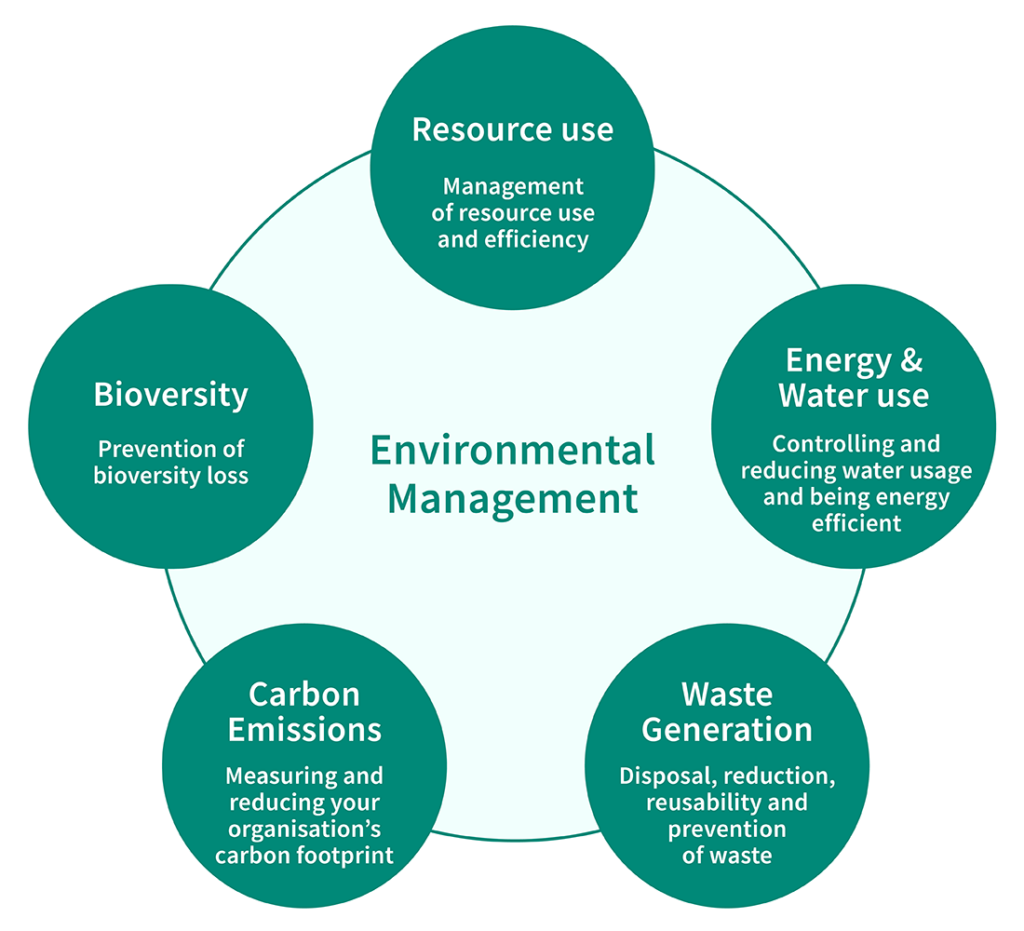
Environmental management is about managing environmental performance and impacts of organisations such as industry and companies based on continuous assessment of environmental performance. Management and assessment are both based on defined environmental performance criteria and indicators. Environmental management is typically implemented using environmental management systems and management tools such as performance, impact and life cycle assessments.
Environmental impact assessment (EIA)
Environmental impact assessment (EIA) focuses on preventing negative environmental impact during project planning and it guides decision-making in project development and implementation.
With EIA it is possible to identify and evaluate indirect effects on:
- population and human health
- biodiversity
- land, soil, water, air, climate
- material assets, cultural heritage and
- the interaction between the factors in points 1, 2, 3 and 4.
Environmental labels and declarations
Environmental labels and declarations are environmental management, assessment, and reporting tools. They provide information that can be used for sustainable production and consumption.
Labels are typically voluntary, and they provide information on product life cycles. Label systems usually include product categories:
- Type I environmental labelling programme
- Type III environmental declaration
Ecolabels are awarded by third parties to products that meet established environmental leadership criteria. Thus, they differ from a self-declared environmental symbol or claim statement developed by a manufacturer or service provider. Ecolabelling also acts as a market-based instrument that promotes environmental improvement.
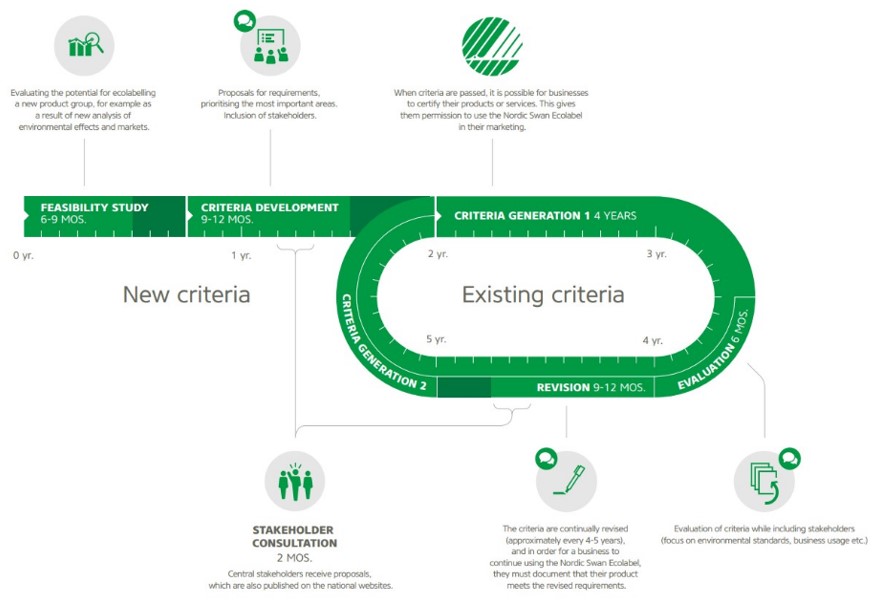
Life cycle thinking (LCT) and lifecycle management (LCM)
The promotion of sustainability of production and products can for instance be achieved through:
- Life cycle thinking (LCT)
- Life cycle management (LCM)
The industry must look beyond the limits of its production facilities and consider and manage all activities such as use of natural resources, raw materials, energy, production, packaging, transport, use, maintenance, repair, recycling, reuse, recovery, or disposal.
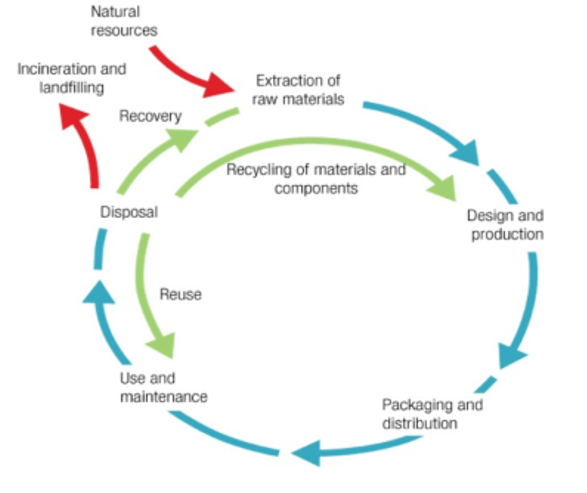
Sustainability management
Sustainability is the ability to ensure the use of resources without compromising the needs of the future generations. It is based on the concept of sustainable development, and it encompassed three dimensions:
- Economic dimension
- Social dimension
- environmental dimension
Sustainability development is an important development objective which is implemented into practice by focusing on the manageable and measurable aspects of economics, society, and the environment.
Circular economy management and assessment
Circular economy (CE) is a new way of design thinking, and it aims at creating a new system. The new system takes into consideration the business, people, and the environment. CE is based on three principles:
- designing a system without waste and pollution causing elements
- recycling products and materials
- regenerating natural systems
